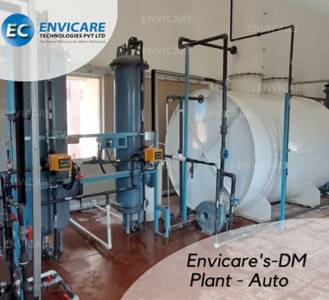
Our Demineralization (DM) Water Treatment Plants deliver the highest quality ultra-pure water, ideal for critical applications demanding exceptionally low levels of dissolved solids and ionic impurities. These plants are meticulously engineered and constructed to meet the stringent requirements of diverse industries, ensuring reliable performance and consistent water purity.
Applications:
Technology:
Our DM plants utilize a robust combination of technologies to remove virtually all dissolved minerals and impurities:
Key Features & Benefits:
Contact us today to discuss your specific water treatment needs and receive a customized proposal for a Demineralization (DM) Water Treatment Plant designed to meet your unique requirements. We'll help you determine the optimal configuration of pre-treatment, ion exchange, and polishing stages to ensure you achieve the desired level of water purity and meet your budgetary constraints.